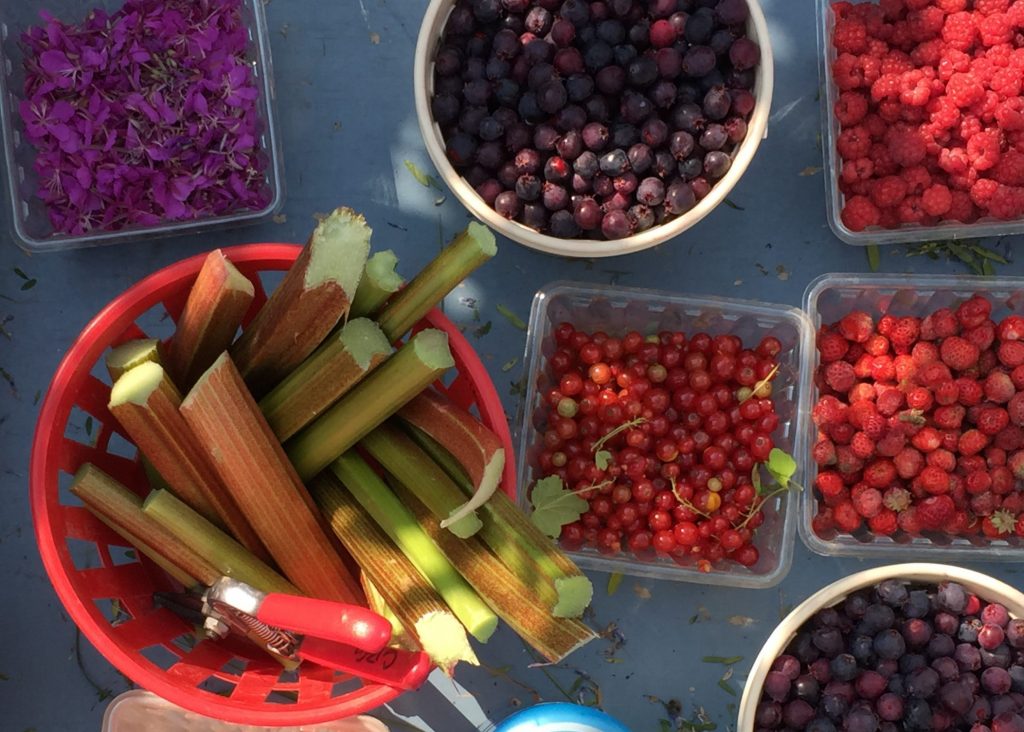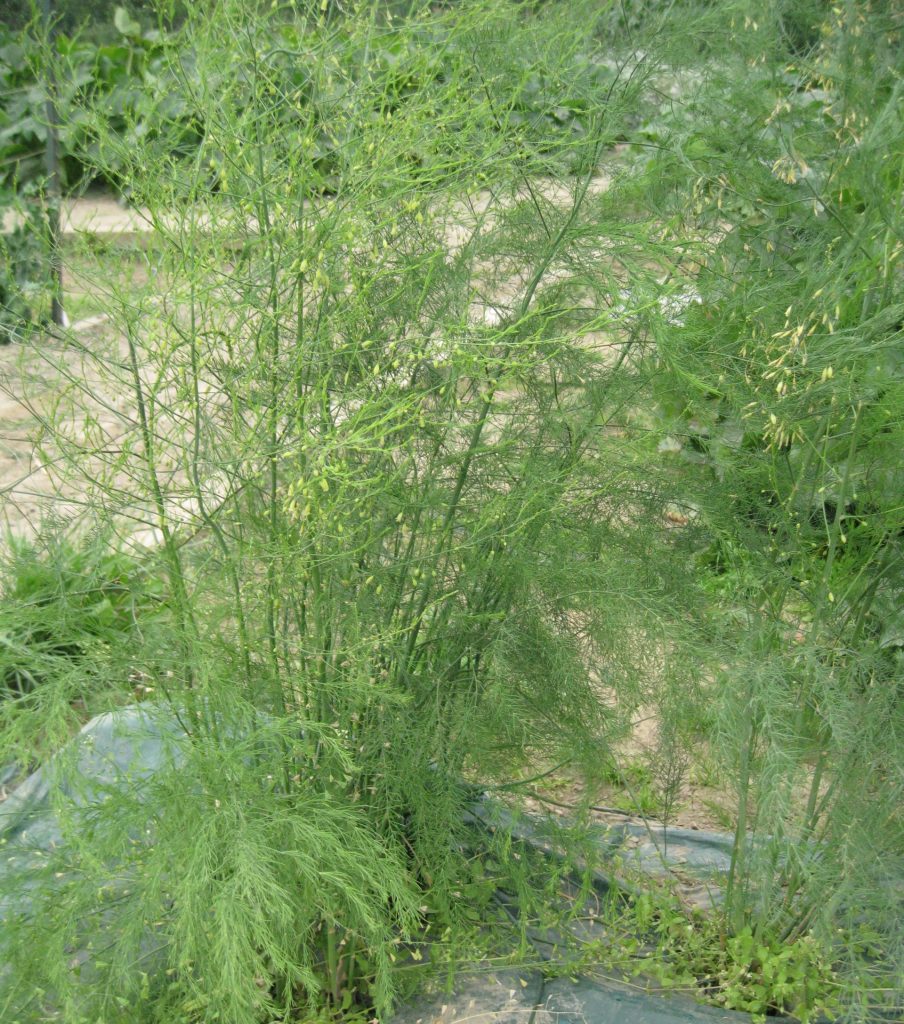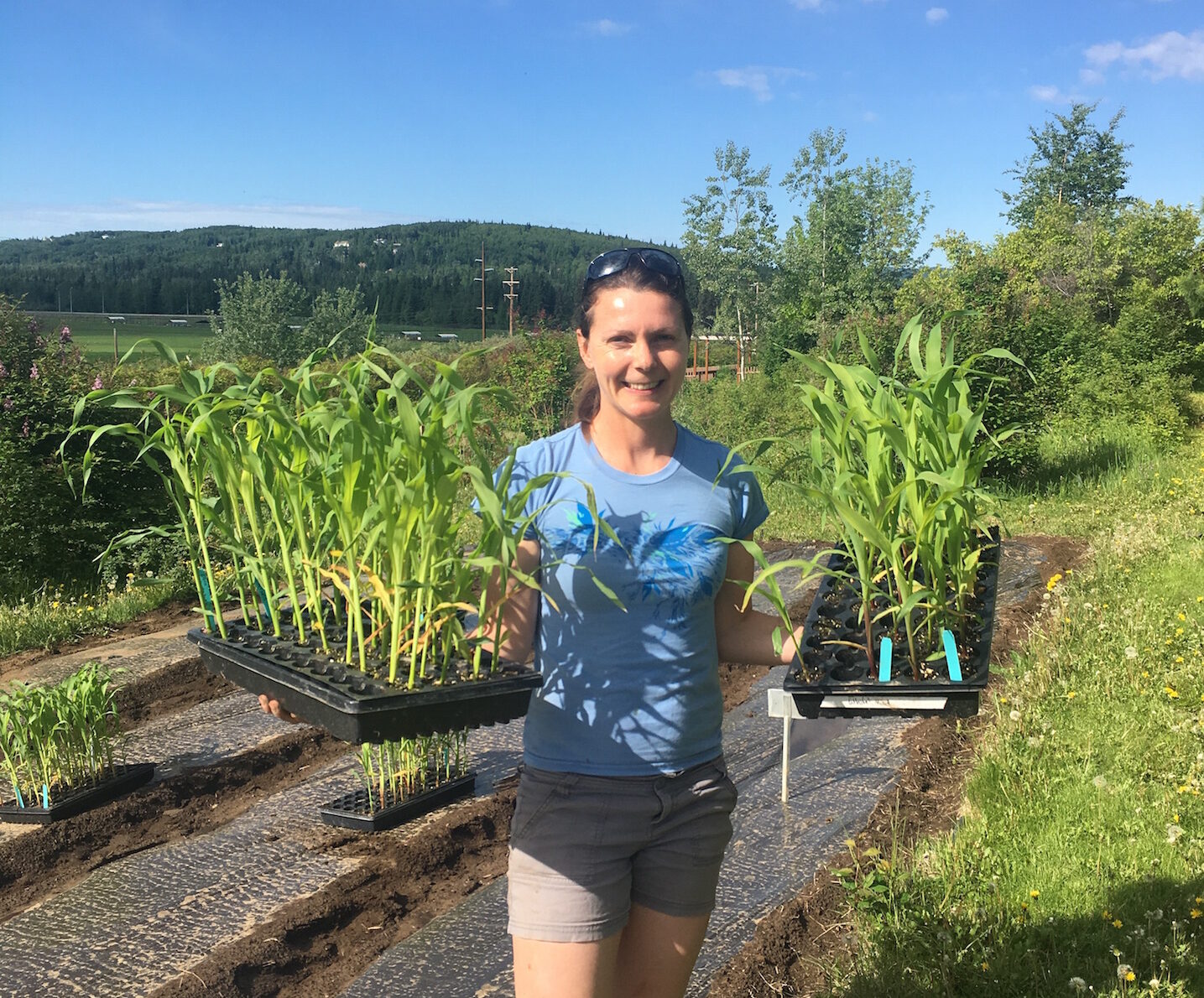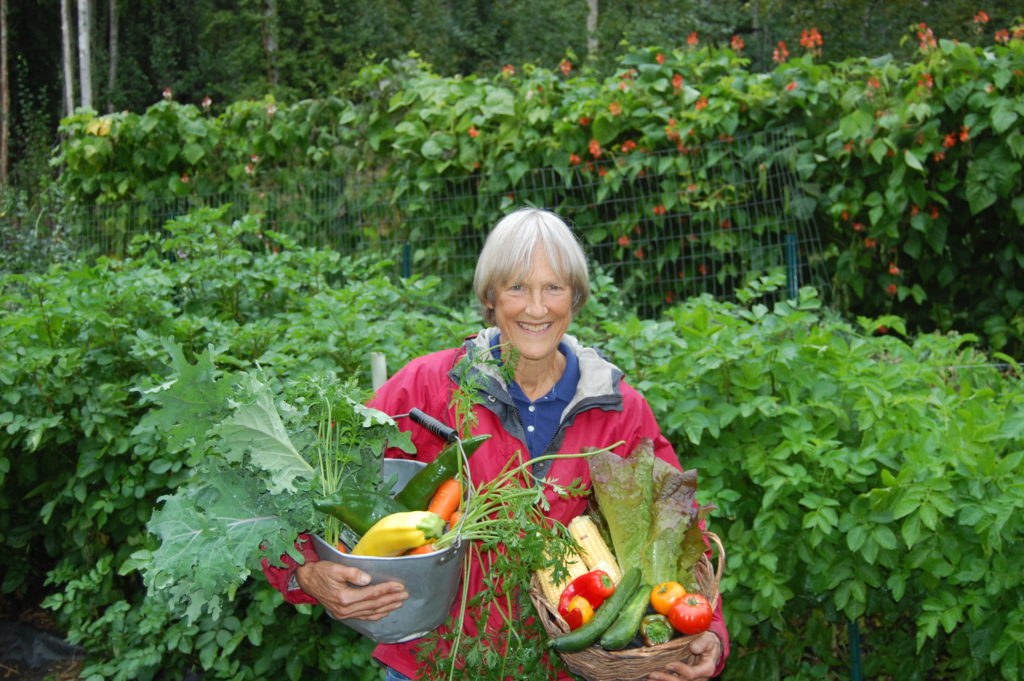First it was kale cupcakes, kale calzones and kale chips. That was then. Now it’s cauliflower pasta, cauliflower steaks and cauliflower pizza.
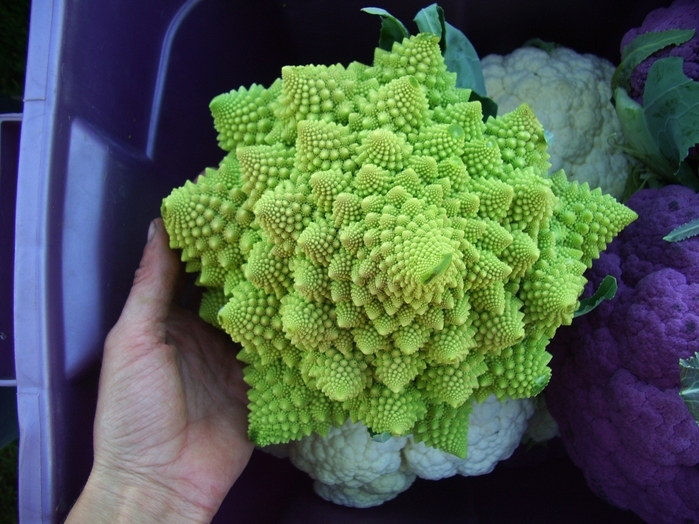
There are many varieties of cauliflower – many of which grow well in Alaska. This is a Romanesco Cauliflower.
Why the cauliflower craze? When compared with kale, although not quite as nutritious, cauliflower is less overpowering both in taste and in texture. If you’ve ever added a cup of kale to make your smoothie just a little bit healthier, then you know what I mean. With a little help from a good blender or food processor, you can make cauliflower into a silky smooth, ricelike or a hearty texture, depending on what your dish requires.
The rise of cauliflower is also no doubt due to ubiquity of carb-limiting or eliminating diets. Cauliflower is bland and white — kind of like mashed potatoes, pancakes, biscuits, rice, pasta and pizza dough—all big no-nos in many diets today. Google to find the type of recipe you want. For example, search for “cauliflower rice.” My favorite ways to use cauliflower are cauliflower biscuits, creamed cauliflower cashew soup and birbal kee khitcheree, which is a fantastic Indian dish that unites one of my other favorite ingredients, lentils.
Another nice thing about cauliflower? You can fill up while limiting your calories and maximizing your nutrients. According to the U.S. Department of Agriculture, a big head of cauliflower is about 200 calories and contains 16 grams of protein and fiber. Notably, cauliflower is very high in potassium and also a great source of vitamin C (nearly as much as an orange) and folate. Continue reading
